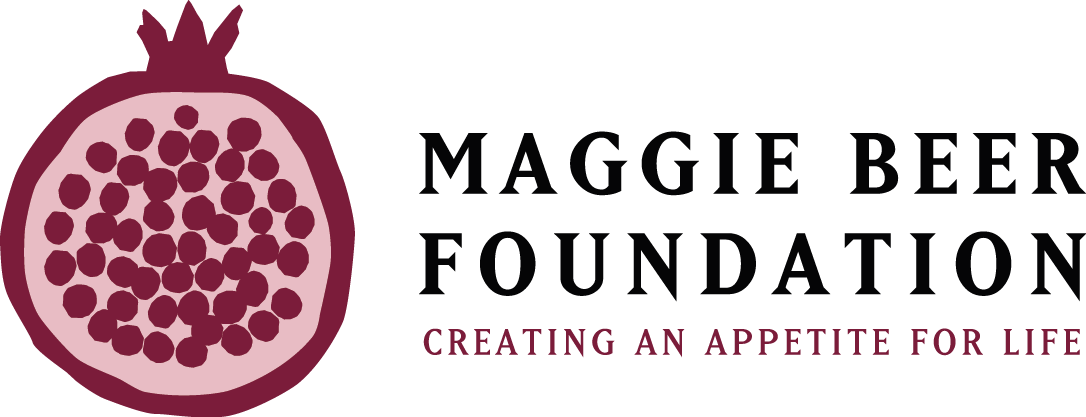Lesley McSharry is a retired dietitian who once ran a small hospital kitchen in Perth between chefs – Lesley kindly shared some top tips with the Foundation that were too good not to share.
Kitchen staff need regular morale boosts to keep them happy. Kitchen staff work very hard but rarely get “thank-yous” -only complaints when things go wrong. The nurses get all the chocolates and thank you cards. Even when there are Christmas parties for the staff the kitchen usually work twice as hard to cater for it alongside their regular meal schedule. Staff wages are one of the biggest costs with sick leave and bringing in casual staff on weekend a big expense. Happy staff take less leave as they feel appreciated.
It really helps if someone from the kitchen has contact with the patients/clients. I used to get an aide to collect the menus. They get to know Mrs X hates broccoli and Gladys is overwhelmed if you give her too much …so a small serve. Or they will add a cup cake & candle to the tray for someone’s birthday. They have often been the first to alert me if someone is deteriorating because the client stops eating. I’m not saying nurses don’t notice but their shifts vary and they don’t get alarmed at one missed meal. It’s the kitchen staff who notice if 2 or 3 trays come back untouched. It also makes the work of the kitchen staff more meaningful. They need to be part of the team.
Don’t have such rigid food standards you destroy the creativity of your cooks. A cook would occasionally say to me sotto voce “They like my lasagna because I put in fresh basil from my garden, while another cook would say” I add parmesan cheese to the sauce”. In more recently years standard recipes came in so we could say precisely how much protein, fat etc. was in a standard serve. The cooks got bored. It was a bit like asking an artist to paint by numbers. Science is a valuable servant but a lousy master. Even having one day when the dessert is choice is left up to the cooks encouraged them to be innovative.
It is best to present a meal that a client can eat without help. Keep them independent. We used to have a category alongside regular, soft and puree diets called “cut up”. They would pre-cut a portion of the roast and have it ready to serve from the bain-marie. We were later told this is a nurses job so food shouldn’t be cut up in the kitchen! By the time a nurse was available to help the meal was cold! Clients may have had a stroke or a broken collar bone and could chew perfectly well but needed to eat with a fork. Don’t demoralize them further by making them wait for help.
Given them what they like to eat. Many older folk used to like soup and sweets but weren’t keen on the main course at night. The young dietitians where I worked voted to take soup off the menu because “it fills people up but has little value in terms of protein and calories”. I thought it would be better to simply enrich the soups. Anything with “cream of” in the title could have added milk powder or ensure powder or evaporated milk or even cream. Desserts too can be made higher calorie and protein. Even jelly made up with 2/3 buttermilk is super easy and quite nutritious.


